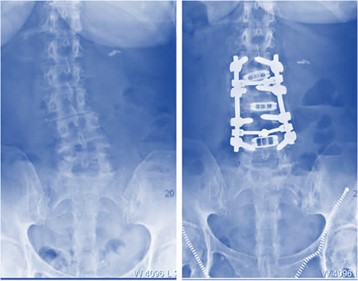Low Back Fusion Alternatives: Fusion Surgery No Better Than Physical Therapy
We’ve seen a meteoric rise of low back fusion this past decade, but should you be searching for low back fusion alternatives? Fusion means that the surgeon bolts together multiple levels of the low back which were normally built to move and after the surgery can’t move. This past several years, large fusions have become quite popular. Despite the wisdom in the 1990s being that any fusion more than 2-3 levels was doomed to failure, the last decade has seen 4, 5, and 6 levels become the fashion. But does it all work to help patients? Low back fusion was initially designed to help stabilize catastrophic instability (where moving would cause the spine bones to shift enough to injure the spinal cord or nerves). Somewhere along the way we began using it for patients who just had pain. So given the significant risks to patients from a low back fusion on the risk verses benefit scale, the surgery had better dramatically outperform much less invasive things like physical therapy. According to a September 15th study, this isn’t the case. The study looked at 200 patients, 96 of which were available for follow-up. 53 of the patients had surgery whereas 43 didn’t have surgery. There was no difference in the pain, function, and satisfaction of the patients who did and didn’t have the invasive surgery. The upshot? No high level studies have shown fusion to be an effective treatment for degenerative disc disease and back pain. This study, like others, doesn’t support that we should be fusing low backs for patients with painful degenerative low back discs. If painful degenerative low back discs are not helped by fusions and they are putting patients at significant risk, then obviously low back fusion alternatives are in order.

NOTE: This blog post provides general information to help the reader better understand regenerative medicine, musculoskeletal health, and related subjects. All content provided in this blog, website, or any linked materials, including text, graphics, images, patient profiles, outcomes, and information, are not intended and should not be considered or used as a substitute for medical advice, diagnosis, or treatment. Please always consult with a professional and certified healthcare provider to discuss if a treatment is right for you.

